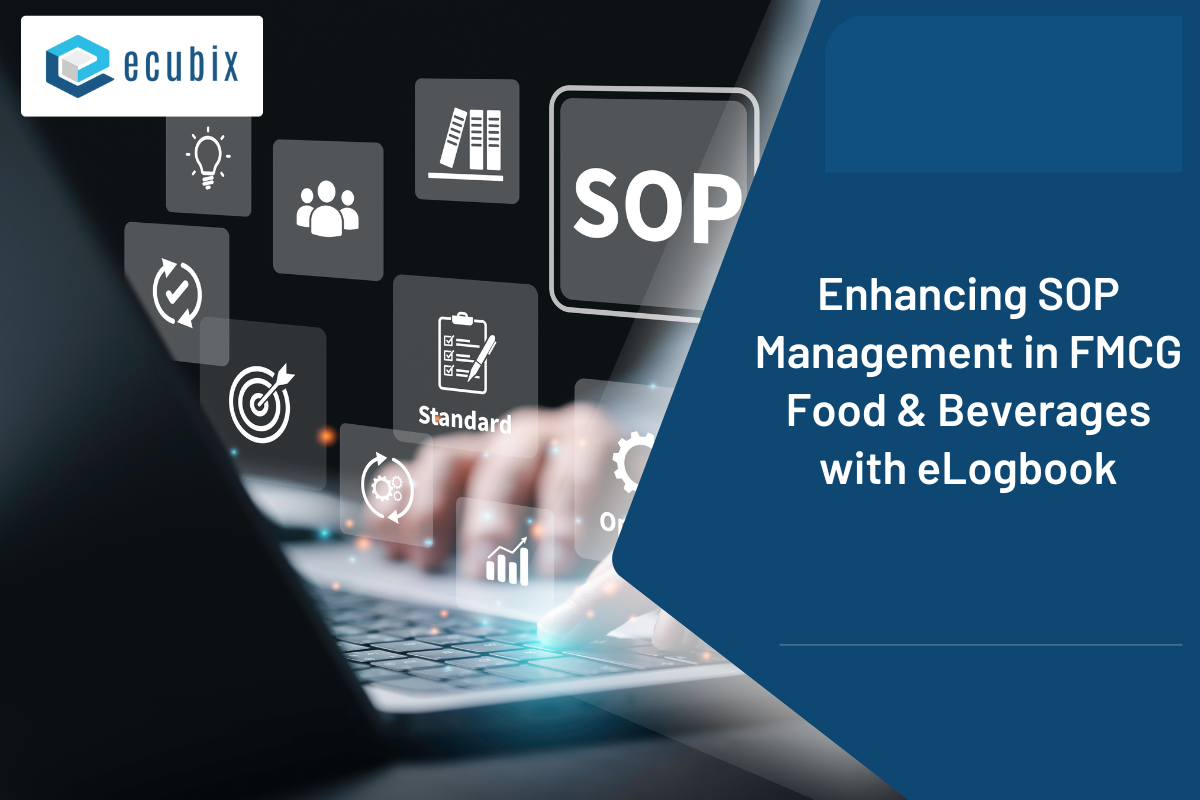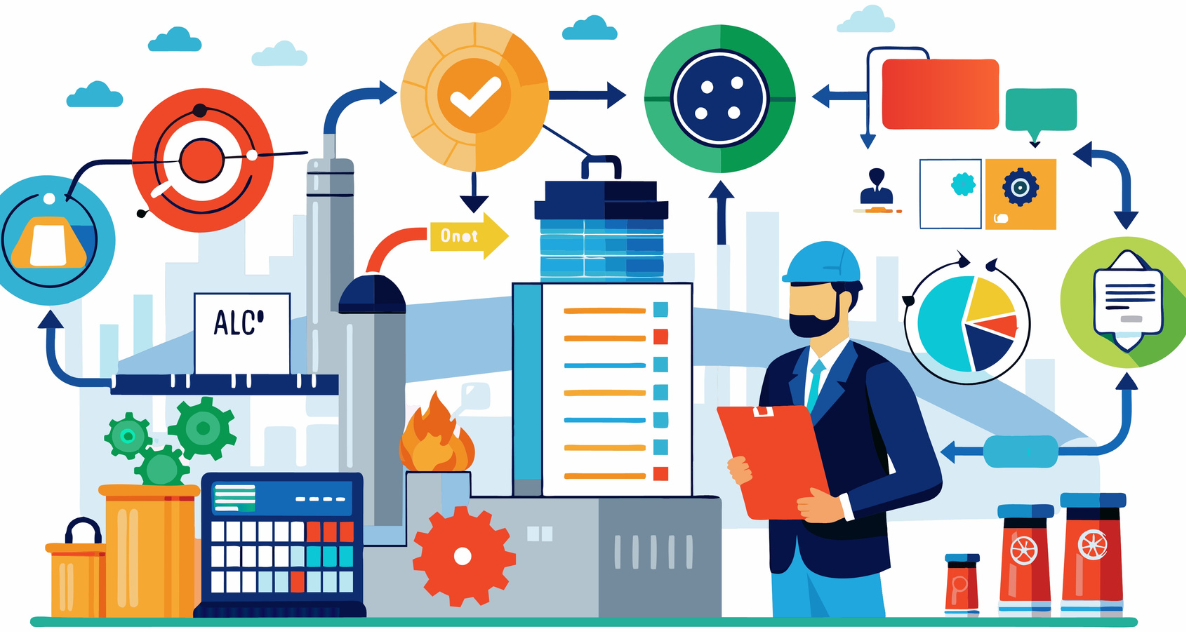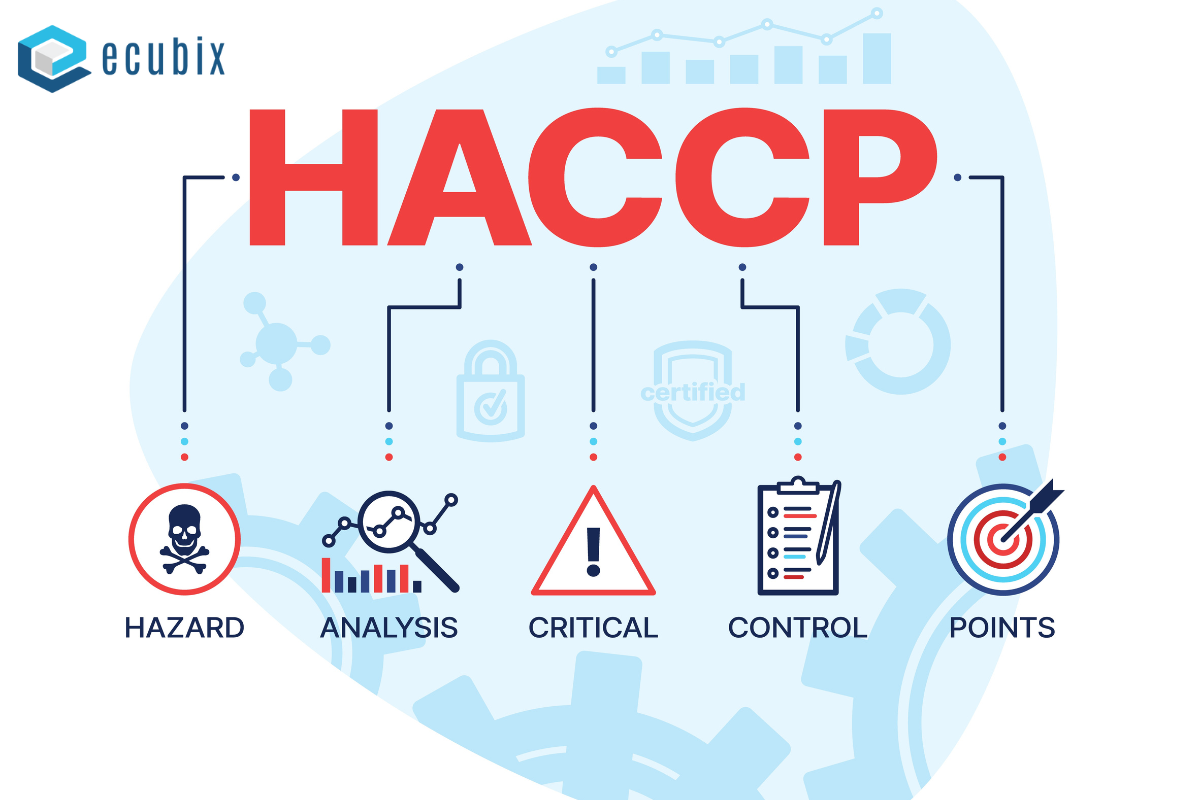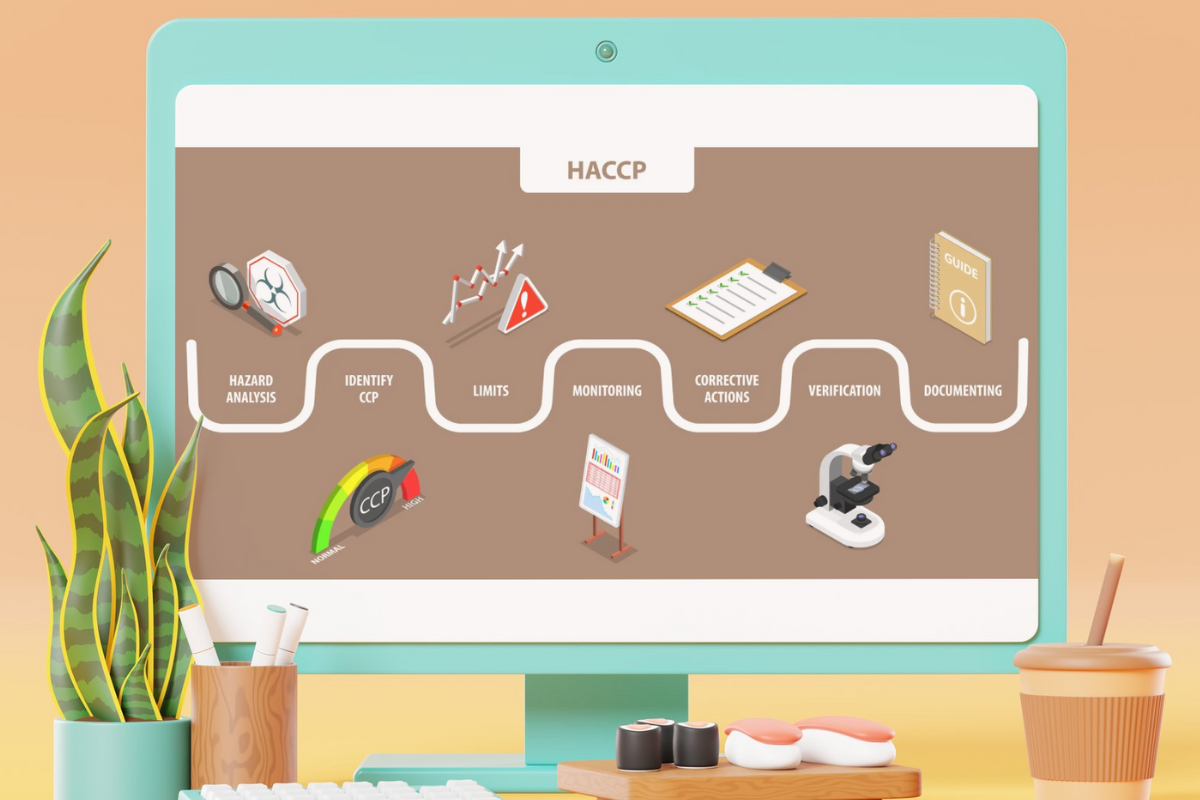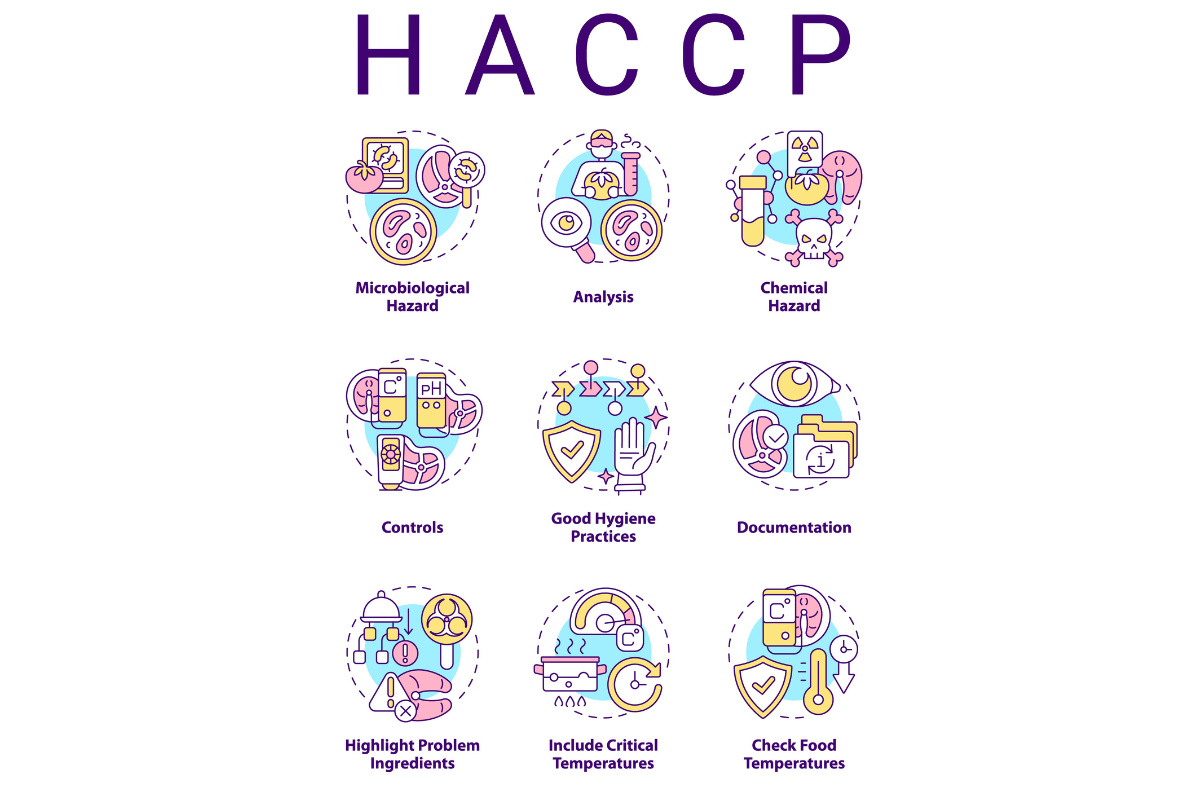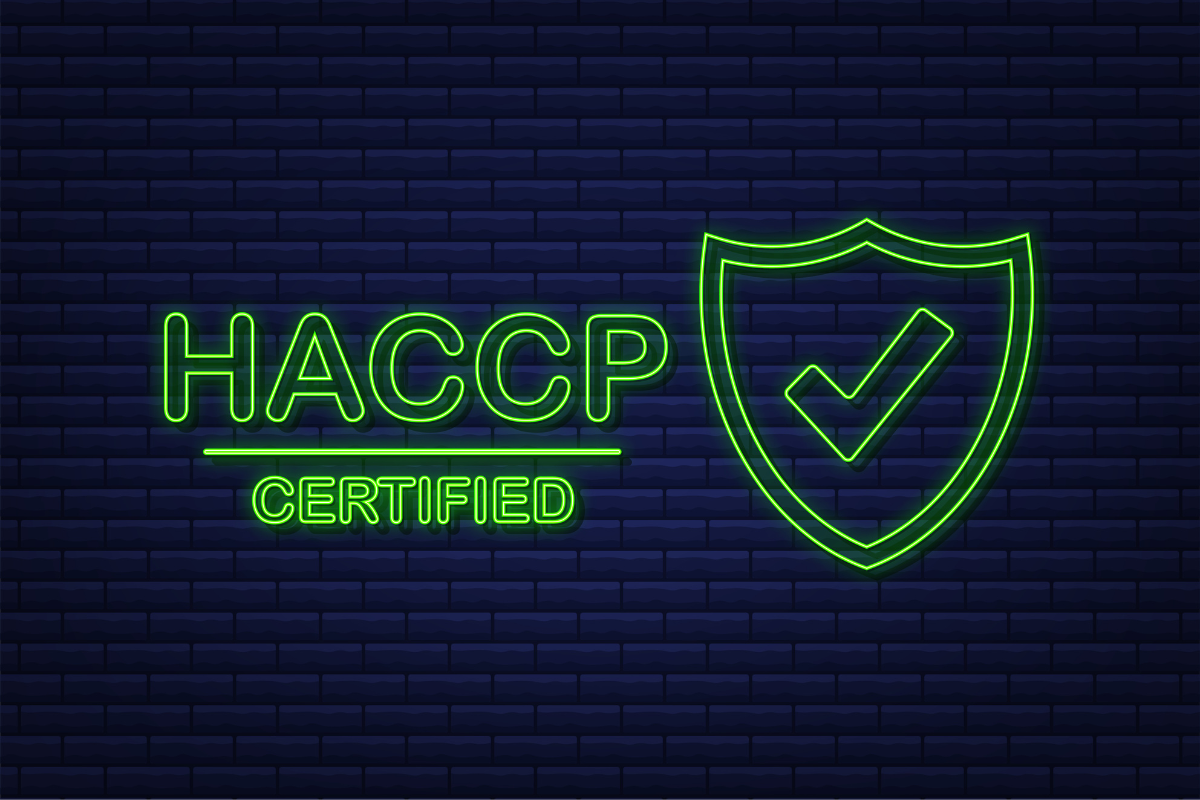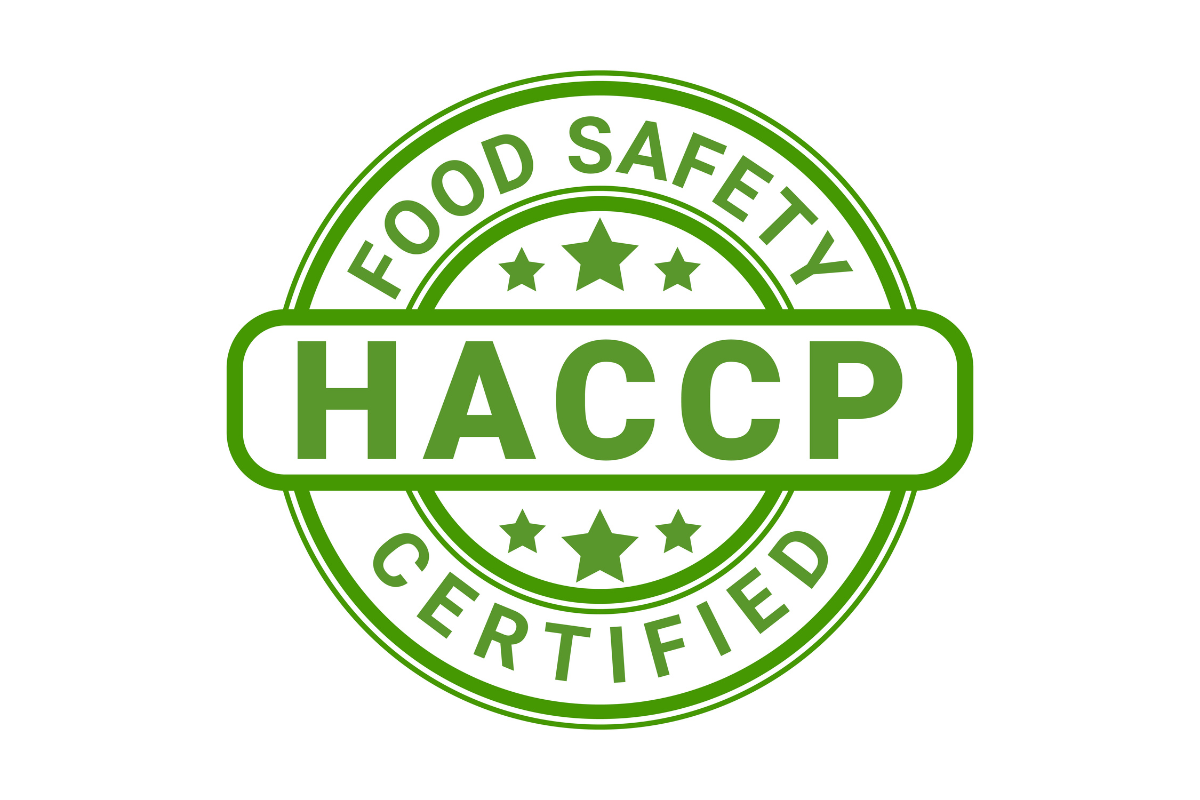In the fast-paced world of manufacturing, accurate record-keeping plays a critical role in ensuring product quality, regulatory compliance, and operational efficiency. Traditionally, handwritten logbooks have been the backbone of documenting manufacturing processes, but with the rise of digital technologies, “glass logbooks” or eLogbook are increasingly replacing paper-based records. This transformation marks a shift toward greater efficiency and reliability, ushering in a new era of data-driven manufacturing.
(1) Historical Context
Evolution of Logbooks in Manufacturing
(A) Early Use of Handwritten Logbooks: In the pre-digital era, manufacturers relied heavily on handwritten logbooks to record production details such as batch information, maintenance schedules, safety checks, and process outcomes. These logs provided historical records but were cumbersome to maintain.
(B) Transition to Digital Logbooks (Paper on Glass and eLogbook): The 21st century introduced electronic logbooks, marking a major shift toward automated data entry. With the rise of Industry 4.0, paper-on-glass logbooks—digital systems accessible via tablets or screens—allow real-time data capture and analysis.
Technological Advancements Driving Change
Technologies such as cloud computing, industrial IoT (IIoT), and AI-based analytics are transforming data management. These advances enable manufacturers to move away from manual documentation toward systems that offer better traceability, accuracy, and integration.
(2) Handwritten Logbooks

Handwritten logbooks generally consist of bound notebooks with structured sections for date, batch number, operator name, and process notes. Operators manually enter data during production shifts and follow predefined steps for recording process updates, deviations, and equipment status.
Obstacles:
- Susceptibility to Human Error: Manual entries can contain omissions or mistakes, leading to inaccurate records.
- Difficulty in Data Retrieval and Analysis: Searching for specific entries is time-consuming, and extracting meaningful insights is challenging.
- Storage and Preservation Issues: Paper logbooks are prone to wear and tear, misplacement, and physical damage, compromising long-term accessibility.
(3) Paper on Glass (Digital) Logbooks and eLogbook
Paper-on-glass logbooks (eLogbook) are digital systems used to capture, store, and manage manufacturing data electronically. Operators use tablets or desktops to input data directly into the system. Data is stored securely on cloud or on-premises servers. These logbooks connect with ERP systems, IoT devices, and analytics platforms to enable seamless data flow across departments.
Digital systems minimize human error by automating data capture and offering prompts to ensure compliance. Managers and auditors can access data remotely in real-time, leading to faster decision-making. eLogbook offers user authentication, audit trails, and encryption features to meet regulatory requirements.
(4) Comparative Analysis:
Efficiency and Productivity – Time Savings and Process Optimization:
Digital logbooks drastically reduce the time required for routine documentation tasks. Data entry can be performed via drop-down menus, automated inputs from sensors, or scanned barcodes, minimizing manual effort. Unlike handwritten logs, where operators need to search through pages for specific records, eLogbook provides instant access to information through search functions. This optimization allows supervisors to retrieve production histories, analyze deviations, and generate reports within minutes – enhancing workflow efficiency. Furthermore, automation eliminates redundant processes, ensuring that staff can focus on higher-value activities such as quality assurance and process improvements.
Data Integrity and Accuracy – Error Reduction and Traceability:
Manual records are prone to human errors, such as missed entries, illegible handwriting, or inaccurate timestamps, leading to data inconsistencies. In contrast, eLogbook automates data capture, often integrating directly with IoT devices and production equipment. These systems can log values such as temperature, pressure, and time automatically, significantly reducing the chance of errors.
Moreover, digital systems enforce mandatory fields, ensuring no critical information is skipped. In case of deviations or irregularities, automated alerts help flag issues immediately, enabling timely interventions. eLogbook also maintains an unalterable audit trail, making it easier to trace activities and identify when and by whom a change was made—ensuring full transparency.
Cost Implications – Short-term vs. Long-term Costs:
Handwritten logbooks have low initial costs as they only require paper and storage, making them seem like a cost-effective choice for small-scale operations. However, the hidden costs associated with errors, lost records, and time spent searching for data accumulate over time. Paper records are also vulnerable to environmental risks, such as fire or water damage, leading to the potential loss of critical information.
Digital logbooks, while requiring upfront investment in hardware, software, and training, offer significant long-term savings. Automated processes reduce operational inefficiencies, and improved data accuracy leads to fewer quality issues or production losses. Additionally, eLogbook reduces storage needs, as data is securely stored in cloud or on-premises servers, eliminating costs related to physical space and archiving.
User Experience and Adaptability – Ease of Use and Employee Acceptance:
Transitioning from paper-based logs to digital systems can initially be met with resistance, especially from operators accustomed to traditional methods. However, modern eLogbooks are designed with intuitive interfaces, making them user-friendly for employees across different skill levels. Features like voice-to-text input, guided workflows, and visual dashboards help simplify data entry and monitoring tasks.
Effective change management strategies such as phased implementations, hands-on training, and support during the transition period play a vital role in easing employee acceptance. Moreover, once workers experience the convenience of automated processes and instant data access, adoption rates tend to improve significantly. The integration of eLogbook also fosters collaboration, as data becomes easily shareable across teams.
(5) Impact on Manufacturing Processes

Quality Control and Assurance – Consistency and Standardization:
Consistency in data collection is critical to maintaining product quality. eLogbook enforces uniform documentation by standardizing data fields and requiring operators to follow predefined procedures. This reduces variability in production processes, ensuring that every shift and operator captures data in the same way.
Furthermore, automated data capture minimizes subjective judgments and manual errors, leading to more reliable quality control. In the event of deviations or non-conformities, digital logbooks can instantly trigger corrective actions, improving response times and minimizing the impact on product quality. This level of standardization is essential in industries where product consistency directly affects customer satisfaction and brand reputation.
Regulatory Compliance – Meeting Industry Standards and Audit Requirements:
Regulatory bodies such as the FDA, ISO, and OSHA require precise record-keeping to ensure compliance with industry standards. Paper logbooks often present challenges during audits due to missing entries, illegible handwriting, or lack of traceability. In contrast, eLogbook provides ready-to-access, structured records with complete audit trails.
Digital logbooks generate reports on demand, making it easy to demonstrate compliance during inspections. Advanced features like electronic signatures, timestamped records, and access control further strengthen compliance by ensuring data integrity. Auditors can also review records remotely, streamlining the audit process for both manufacturers and regulators.
Operational Efficiency – Streamlined Workflows and Reduced Downtime:
eLogbook contributes to operational efficiency by integrating with other manufacturing systems, such as ERP platforms and production monitoring software. Real-time data access allows managers to monitor ongoing operations, identify bottlenecks, and adjust processes proactively. Predictive analytics based on historical data can alert teams about potential equipment failures, helping them perform maintenance before issues escalate into downtime.
Additionally, digital workflows automate routine tasks like shift handovers, ensuring smooth transitions between teams. Operators can access the latest production data and instructions without waiting for physical logs to be passed around, reducing delays and errors. By minimizing disruptions and enhancing coordination, eLogbook helps manufacturers achieve higher productivity and maintain optimal uptime.
The shift from handwritten to digital logbooks enables manufacturers to unlock new levels of efficiency, accuracy, and compliance. The ability to integrate eLogbook with modern production systems empowers organizations to respond more swiftly to operational challenges, ensuring smooth workflows and continuous improvement.
Conclusion
The transition from handwritten to digital logbooks represents a paradigm shift in manufacturing. While handwritten logbooks offer simplicity, they fall short in areas like data retrieval, accuracy, and compliance. On the other hand, eLogbook provides enhanced accuracy, real-time insights, and seamless integration with modern digital systems, driving greater efficiency and regulatory adherence.
The Future Outlook for Logbooks in Manufacturing
As the manufacturing sector continues to embrace Industry 4.0 technologies, the use of paper on glass and digital logbooks will become the norm. Automation, machine learning, and cloud-based solutions will further refine eLogbook, making them indispensable tools for manufacturers.
Recommendations for Manufacturers Considering the Transition
Manufacturers planning to transition from handwritten to digital logbooks should adopt a phased implementation approach to minimize disruption. It is advisable to start with pilot projects in specific departments or processes such as maintenance or quality control where quick wins are achievable. Additionally, manufacturers should prioritize selecting the right eLogbook solution that integrates seamlessly with existing ERP, MES, and IoT systems for end-to-end connectivity. It is also essential to evaluate long-term benefits versus short-term costs to ensure a positive ROI. Collaborating with technology partners who understand industry-specific challenges will further streamline the transition, ensuring a smoother shift toward enhanced efficiency, compliance, and operational excellence.





